Halibut is a group of flatfish from the Hippoglossus genus in the Pleuronectidae family. However, the term halibut is often used to identify several species of flatfish, including plaice and turbot, which are cousins of halibut.
The name halibut originates from haly (in English holy) and butt (in English flat fish), in other words "holy fish", mainly because it's popular during the Catholic holidays.
Halibut are bottom dwellers, inhabiting the northern parts of the Pacific and Atlantic Oceans. They are considered the largest bottom dwellers, weighing on average between 53 lb (24 kg) and 66 lb (30 kg), although there are much larger species. The world record for the largest halibut ever caught is held by the fisherman Lino Mayer. The monstrous-sized fish weighed an entire 445.41 lb (202 kg), was 8.2 ft (2.5 m) long and was caught off the shores of Norway with German tackles.
Usually, halibut are nearly white in color on their bottom side and brown with whitish spots on the top. Little ones hatch with one eye on each side of their head and swim like salmon initially. After just 6 months, one of the eyes moves over to the other side of the head and the halibut starts to look like a plaice. The eyes of halibut remain on the top brown side.
The unique coloration of this fish has its purpose - it's brown on the top so it can blend in with the seabed, and when seen from the bottom looking up, it is white, allowing it to blend in with the light shining down into the water. There are 2 main species of halibut - Pacific halibut (Hippoglossus stenolepis) and Atlantic halibut (Hippoglossus Hippoglossus).
In general, halibut eats nearly any sea creature that can fit in its mouth. It has such a voracious appetite that even its own kind have been found in the stomach cavity of caught specimens. Besides its own kind, halibut often eat crabs, octopus, sea scorpions, salmon, cod, herring.
Young halibut often feed on small crustaceans and other bottom dwelling organisms.
Halibut inhabit depths of several yards to several hundred yards below sea level, even though they spend the majority of their life at the ocean bottom. When in search of food, halibut often swim together in schools. Generally, this fish sits toward the top of the food chain, its only natural predators being the salmon shark, sea lion, orca and some others.
Halibut commercial fishing in the north Pacific Ocean has been expanding since the end of the 19th century and is among the largest markets today. The Native Americans and native populations of Canada traditionally fed on halibut. Sports fishing in Alaska makes up a large fragment of the tourist and economic sectors.
Sports fishing for halibut is traditionally ingrained in Alaska and British Columbia, with herring or whole heads of salmon used for bait. Halibut has quite a headstrong character and when it is caught and brought to shore it often needs to be hit over the head to make it settle down.

Pieces of octopus meat are often used to catch halibut. Setting down giant fishing nets is strictly regulated because this fish doesn't reproduce until the age of 8, when it is 30″ (76 cm) long. These restrictions on halibut fishing also mean that fresh halibut can be found in markets only several weeks out of the year.
The excessive fishing of Atlantic halibut in the Atlantic Ocean has put this species on the endangered list. The Seafood Watch organization advises consumers not to buy Atlantic halibut. The greater part of the fish eaten on the US East Coast comes from the Pacific Ocean.
Composition of Halibut
Halibut has a nutritional composition similar to that of turbot and other bottom dwellers. It is quite low in fat, making it suitable for diets. 3.5 oz (100 g) of halibut have just 1.33 g of fat and absolutely no carbohydrates. Halibut is rich in proteins, while having more significant levels of zinc, selenium, phosphorous, plenty of calcium and iron, among the micronutrients.
3.5 oz (100 g) of halibut contain:
91 calories, 18.56 g proteins, 0 g carbohydrates, 1.33 g fat, 1.1 mg vitamin В12, 0.55 mg vitamin В6, 0.61 mg vitamin Е, 67 IU vitamin А.
Cooking Halibut
Halibut is one of the best suited fish for grilling. Because it contains so little fat it's not suitable for smoking. Plus it's also good baked or fried. Interestingly, halibut doesn't need to sit a long time in a liquid marinade, several minutes are plenty.
If you keep the fish in the marinade a bit too long it'll become mushy, making it difficult to grill and it will ultimately fall apart. Dried species are best suited for this type of fish, they fit perfectly with the taste and consistency of the fish.
Halibut has tender and soft-tasting meat, which doesn't even require excessive seasoning. When grilling halibut, it's very important to oil the fish and the grill itself thoroughly. Otherwise, the meat will stick or the pieces themselves will break apart.
Usually, halibut grills quickly - about 10 min. Further, halibut has a wide range of culinary applications. You can include it in any and all fish specialties, stews, soups, salads, casseroles, sandwiches. Halibut is even superb on skewers with vegetables of your choice.
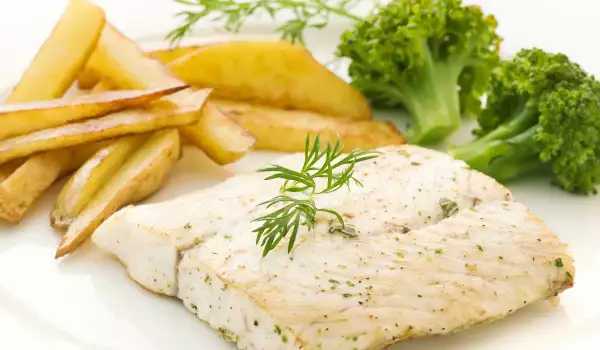
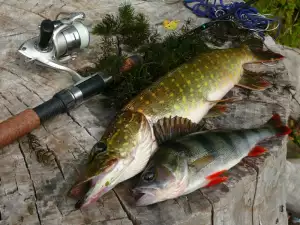
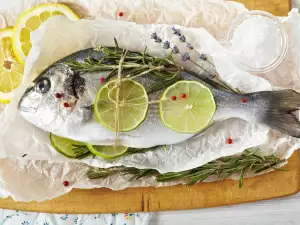


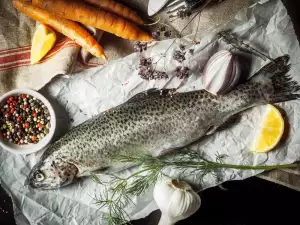
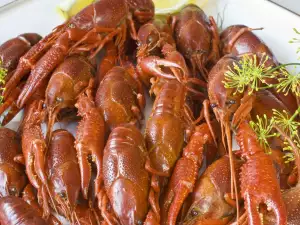
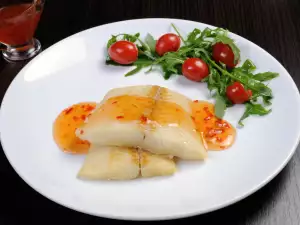

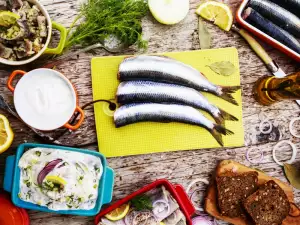
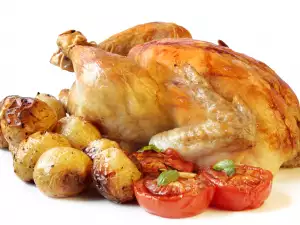
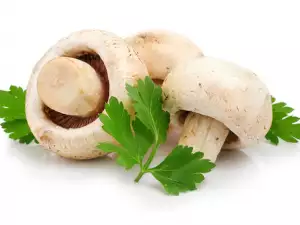

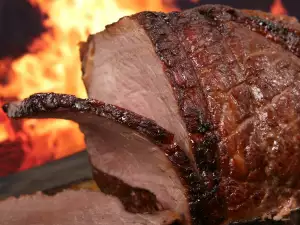


Comments